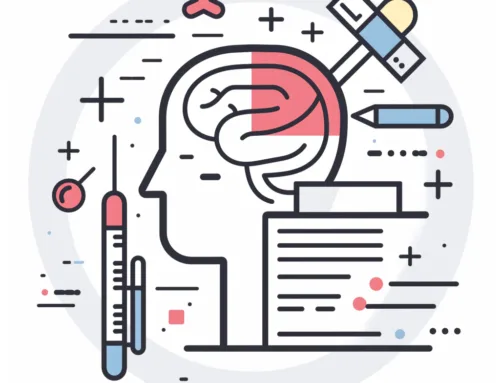In recent years, the medical community has witnessed groundbreaking advancements in the treatment of mental health disorders. One such development is the application of Transcranial Magnetic Stimulation (TMS) in treating Obsessive-Compulsive Disorder (OCD). In this blog, we delve deeper into what TMS therapy entails and how it is revolutionizing OCD treatment.
Understanding OCD
OCD is a chronic condition characterized by uncontrollable, recurring thoughts (obsessions) and behaviors (compulsions) that an individual feels the urge to repeat over and over. It is a disorder that significantly impacts the daily lives of those affected, necessitating effective treatment modalities. Learn more about OCD from trusted sources.
What is TMS Therapy?
TMS therapy is a non-invasive treatment that utilizes magnetic fields to stimulate nerve cells in the brain. Initially used in the treatment of depression, it has now found applications in treating OCD, offering a new pathway to recovery for many individuals. Discover more about TMS therapy here.
The Science Behind TMS
TMS works by targeting specific areas of the brain involved in mood regulation and cognitive function. The magnetic fields generated during the therapy help in modulating neural activities, thereby alleviating symptoms of OCD. Read more about the scientific backing of TMS therapy.
Benefits of TMS Therapy
-
Non-Invasive: TMS therapy does not involve surgery or implantation of electrodes, making it a non-invasive treatment option.
-
FDA Approved: The therapy has received approval from the FDA, attesting to its safety and efficacy.
-
Promising Results: Many individuals have reported significant improvements in their OCD symptoms post-TMS therapy.
TMS therapy opens up a new horizon in the treatment of OCD, offering hope and a pathway to recovery for many. If you or a loved one is grappling with OCD, it might be time to explore TMS therapy as a viable treatment option. Visit our clinic providing treatment in Costa Mesa, Riverside, and surrounding areas in California.









